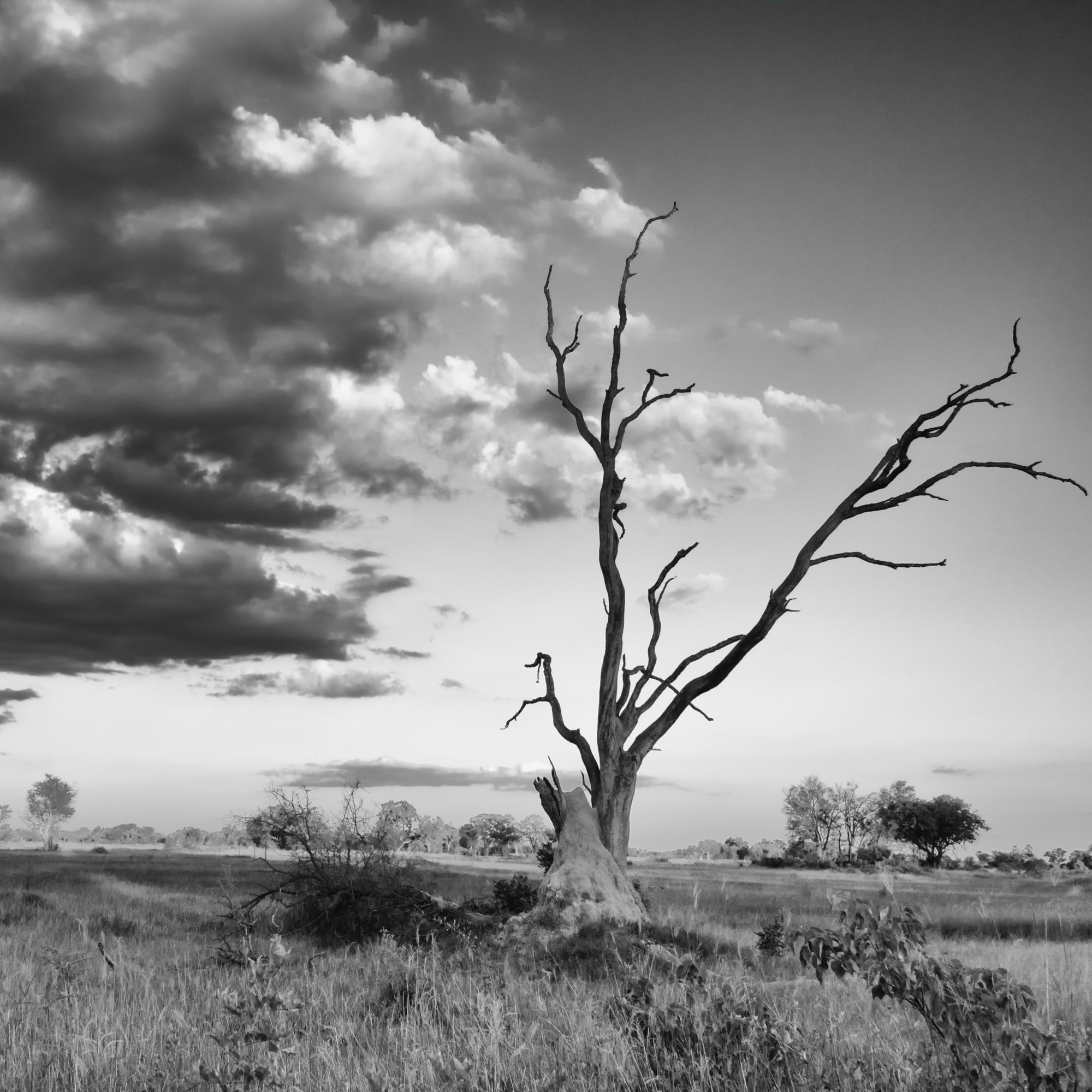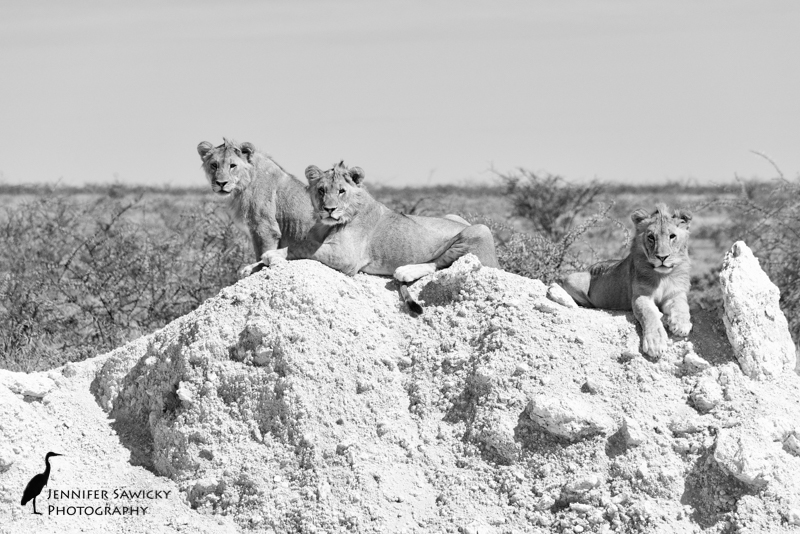I’m a little later than normal with my Monochrome Monday post as I have been playing around with using the MacPhun (now Skylum) Tonality plugin with Luminar. I must say, I am really enjoying using Tonality again!
Tonality was my go-to for black and white conversion when I was using Lightroom and Photoshop. I found I could dial in the vision I was imagining much faster than using other black and white methods. Now that I no longer have Photoshop, I am glad I have a way to integrate the plug-in back into my workflow when I want to.
I’ve started watching some Luminar videos on YouTube by Jim Nix, and one of them really resonated with me today. It had nothing to do with the image or the edits he did, but just the concept of revisiting old work to re-edit photos, to experiment with new software, filters and combinations of tools to keep your creativity and interest peeked. A lot of that is why I am enjoying this theme so much, as the lack of familiarity with the software has caused me to think a lot more critically about what I want to achieve, so I can figure out how to do it, but it has also allowed me to just open random filters to see what they do, sometimes to great result, sometimes awful. If you are interested, you can find the Luminar video by Jim Nix here.
Now on to the images for today.
For this giraffe image, I did an extra step to start, and from Luminar opened Topaz Studio and then the Topaz Remask plugin. I find Remask is excellent for complicated situations like these tree branches against the sky. The sky was very grainy, and I wanted to apply some noise reduction, and I thought that would be the best way to go. I shot this image with my Panasonic FZ1000, which is a very capable little camera, but I do find skies are generally quite noisy regardless of the ISO. There was also a lot of airborne dust so it could have been that rather than a limitation of the camera. After I created my mask in Remask, I ran the noise removal filter in Topaz Studio and sent the image back to Luminar, and then onto Tonality for black and white conversion. If Luminar had an option to adjust luminosity masks so I could isolate the sky, I would have gone that route and saved some steps, but right now its not an option.

Things were much simpler for the next two images. I edited both using the Tonality plug in, though I am sure I could have arrived at similar results just using Luminar. As with most photo editing programs, there are a lot of different paths to get to the same place. It’s all about what works for you.


I hope you’ve enjoyed my selections for the day 🙂





























